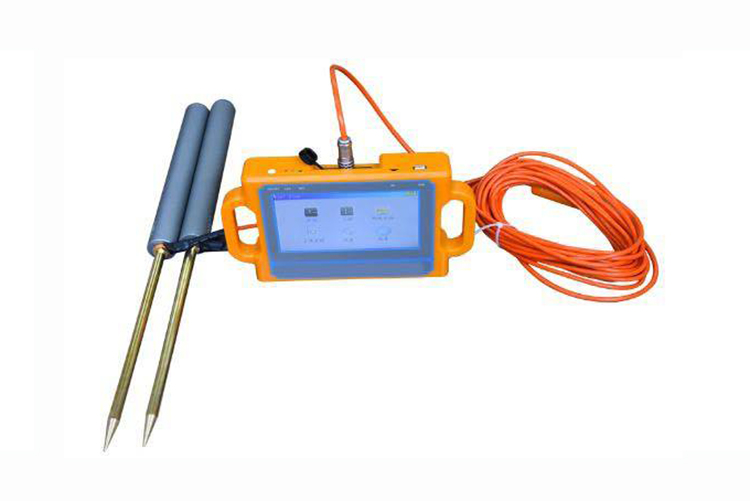The geophysical prospecting for water is mainly based on the differences in physical properties of the aquifer and surrounding rocks. The following is the explanation of the geophysical prospecting for water by China Coal Group based on many years of industry experience.
First: A few key points of finding water with pebble layer electric method
1: The basic characteristics of the aquifer of the pebble layer:
Generally composed of a cover layer and a pebble layer, the upper part of the pebble layer is generally free of water, and the lower part is water-containing. (As shown in Figure 1-1 below)
2: First find out the position of the pebble layer through the bipolar section or quadrupole section or joint section or middle ladder section. (As shown in Figure 2-1 below)
Note: (1): a is the resistivity or natural electric field "△ V" curve, and the "A" curve is in the middle position.
(2): b and c are resistivity or polarizability curves. The resistivity “A” type curves both appear in
The middle position .M1 also shows an “A” curve or abnormal change. Generally, in the long-line section, the pebble layer is at the p "A" position.
3: After finding out the position of the pebble layer, determine the sounding point on the pebble layer, and do two-, four-, or five-pole soundings. (The sounding curve is shown in Figure 3-1 below)
In general, the p "△ V" changes in the cover layer during sounding. It usually rises suddenly or slowly after reaching the pebble layer, and then suddenly or slowly decreases after reaching the water-containing pebble layer. Until it reaches the lowest value of the entire curve, the M1 curve generally shows opposite changes. For example, the cover layer changes normally. After reaching the pebble layer, it will gradually become smaller or almost unchanged. After reaching the aqueous pebble layer, it will rise suddenly or slowly until it reaches the highest value of the entire curve. Generally, such curves are watery, and the height of the aquifer can also be judged.
4: (as shown in Figure 4-1 below: Such a curve is generally free of water or a small amount of water, which is basically worthless)
5: The pebble layer must have a combination of a plane profile and a vertical profile when looking for water. Otherwise, the success rate will be very low, and it can also be used in combination with natural gamma and alpha ray detectors or radon detectors, and the success rate will be greatly improved.
Two: Several key points for finding water in cave water
1: Relatively dry karst cave water and karst cave water below the underground river are basically the same physical explanation as the pebble layer water. (As shown in Figure 2-1 below)
2: The karst caves in the water-rich areas are generally the same as the water in the pebble layer, except that the interval between the water-free pebble layers is small or not. (As shown in Figure 2-2)
Three: The focus of finding water in fractured water
Fourth: Groundwater is concentrated in the ground, no matter what type it is, it is generally flowing or moved or inclined by the gravity of the earth. Therefore, when drilling a well for water, you should hit the best water outlet: the deepest or the lowest.
Five: When searching for groundwater, the combination of electrical exploration and radioactive exploration is generally used, which has good effect and low cost.
Six: The most important thing is to follow the basic principle of “physical prospecting” from “known to unknown”.
(Note: This description can only be ideal and approximate changes. It should be used flexibly in various regions and environments. There are also many different changes in the corresponding curve and other changes.)



